Vacuum sealing is a popular method for preserving food, as it helps extend shelf life by removing air and sealing the contents in a tight bag. But when it comes to sealing warm or hot food, many people wonder: is it safe to vacuum seal food while it’s still warm?
The Basics of Vacuum Sealing
Vacuum sealing works by removing air from a specially designed bag or container and then sealing it tightly to prevent oxygen, moisture, and contaminants from getting inside. This process helps preserve the food’s freshness and extends its shelf life by slowing down the growth of bacteria and mold, which thrive in oxygen-rich environments.
The vacuum-sealed bags are often used for food storage, sous-vide cooking, marinating, and even freezing. This method is incredibly effective for dry goods, meats, fruits, and vegetables.
Is It Okay to Vacuum Seal Warm Food?
The short answer is yes, you can vacuum seal warm food, but it’s not always ideal, and there are important precautions you should take.
The Risks of Sealing Warm Food
Bacteria Growth:
The most significant risk of vacuum sealing warm food is the potential for bacterial growth. When you vacuum seal food while it’s still hot or warm, the temperature inside the bag can remain in the "danger zone" (between 40°F and 140°F or 4°C to 60°C) for an extended period. This creates a breeding ground for bacteria such as Salmonella, E. coli, and Listeria. Even though vacuum sealing removes air, bacteria can still thrive in an anaerobic (oxygen-free) environment.
Bag Damage
Another concern is that warm food can cause the vacuum-sealing bag to warp, stretch, or even melt. Most vacuum-sealing bags are designed to handle certain temperatures, but extremely hot food could cause the bag to weaken, resulting in a poor seal and potential leakage.
Condensation
When warm food is sealed in a bag, it can release steam, which leads to condensation inside the bag. Excess moisture can affect the food’s texture and cause freezer burn if you store it in the freezer. Additionally, too much moisture inside the bag can result in an imperfect seal.
Are Vacuum Bags Heat Resistant?
Vacuum bags can be heat-resistant, but it depends on the type of bag you're using. Standard vacuum bags are not designed for high heat and may melt or lose their seal when exposed to hot temperatures. For high-heat applications like sous-vide cooking, heat-resistant vacuum bags are a must. Always check the specifications of your vacuum bags to ensure they are suitable for the intended temperature range.
How to Safely Vacuum Seal Warm Food?
To safely vacuum seal warm food and avoid the risks mentioned above, follow these essential steps:
- Cool Down the Food: Always allow the food to cool before vacuum sealing it.
- Pre-Freeze the Food: If the food is still warm but you need to vacuum seal it quickly, place it in the freezer for a short time (around 30 minutes to an hour) to firm it up.
- Use the Right Bags: Ensure that the vacuum-sealing bags you use are suitable for high temperatures. Some bags are designed specifically for sous-vide cooking and can handle hot temperatures without warping.
- Leave Space in the Bag: When sealing warm food, don’t overstuff the bag. Leave a little extra room at the top to allow for any moisture or steam to escape during the sealing process.
How Long Can Vacuum-Sealed Packages Be Stored?
Generally, vacuum-sealed packages can keep food fresh much longer than conventional methods of storage. For most foods, vacuum sealing can extend shelf life by 2 to 5 times. For example, meat can last up to 1–3 years in the freezer when vacuum-sealed, compared to just 6–12 months in a regular freezer bag.
Dry goods like grains, pasta, and snacks can stay fresh up to 6 times longer than in regular packaging, making vacuum sealing a great option for bulk storage and long-term food preservation.
Why Ciarra’s Vacuum-Sealed Bags Stand Out
Ciarra’s vacuum-sealed bags offer superior sealing performance compared to many other brands, providing you with a more effective way to store your food.
Longer Freshness for Meats: When using Ciarra’s high-quality vacuum bags, meat can stay fresh for 13–15 days in the refrigerator, which is far superior to the typical 2–3 days that other vacuum-sealing bags provide. This means fewer trips to the grocery store and less food waste.

High-Quality Construction: Made from multi-layered, BPA-free materials, Ciarra’s vacuum bags are designed to block moisture and oxygen, ensuring that food stays fresh and flavorful for a longer period. These bags are also reusable, making them a cost-effective choice for regular use.
Microwave Heating: When using Ciarra’s vacuum bags in the microwave, there’s no need to open the bag before heating. The bags are designed to allow steam to escape while maintaining an airtight seal. However, to prevent any pressure build-up, you should make small punctures in the bag before microwaving to allow air to escape safely.

How to Tell if the Food is Off?
When using vacuum-sealed bags for food storage, it’s important to know how to check if the food has spoiled. Vacuum sealing helps preserve food, but it doesn’t prevent spoilage entirely. To tell if your food has gone bad, check for signs like a broken seal or punctured bag, which can let air in and promote bacteria growth. A sour or rancid smell, discoloration (like grey or brown meat), slimy texture, or mold are all red flags. Food should also retain its original color and texture—firm, not mushy. If reheating leftovers, spices might mask signs of spoilage, so a small taste test can be a final check. Always trust your senses to ensure food is safe to eat.
Can You Boil Food in Vacuum Sealed Bags?
Yes, you can boil food in vacuum-sealed bags, as long as the bags are heat-resistant. This method is commonly used in sous-vide cooking and helps retain moisture, flavor, and nutrients. Just make sure to follow proper heating guidelines and use bags designed for high temperatures.
How to Warm Up Food in a Vacuum Sealed Bag?
To warm up food in a vacuum-sealed bag, you can place the bag in boiling water, heat it in the microwave (after puncturing the bag), or use a sous-vide method with a heated water bath. Ensure the bag is sealed properly, and check the food periodically to avoid overheating.
How Long to Boil Food in Vacuum Sealed Bags?
Boiling food in vacuum-sealed bags typically takes 5 to 60 minutes, depending on the type of food and its thickness. Meats like chicken or steak generally need 30–60 minutes, while vegetables require 10–30 minutes. The exact time can vary based on the boiling temperature and the food's size.
How to Use a Vacuum Sealer for Sous Vide?
To use a vacuum sealer for sous vide, first season your food and place it in a vacuum-seal bag. Use the vacuum sealer to remove the air and seal the bag tightly, ensuring no air is trapped inside. Then, preheat your sous vide water bath to the desired temperature, typically between 130°F to 190°F depending on the food. Submerge the sealed bag into the water and cook for the recommended time, which can range from 1 to 6 hours, depending on the food type and thickness. Once done, remove the bag, carefully open it, and serve your perfectly cooked meal.

Conclusion
While it’s possible to vacuum seal warm food, it's crucial to follow proper safety guidelines to avoid bacterial growth and preserve the quality of the food. Cooling food before vacuum sealing is the safest option. If you need to seal it while it’s still warm, be sure to use high-quality bags and take extra precautions to avoid condensation and bag damage.
By following these tips, you can successfully use your vacuum sealer to store warm food without compromising safety or freshness.
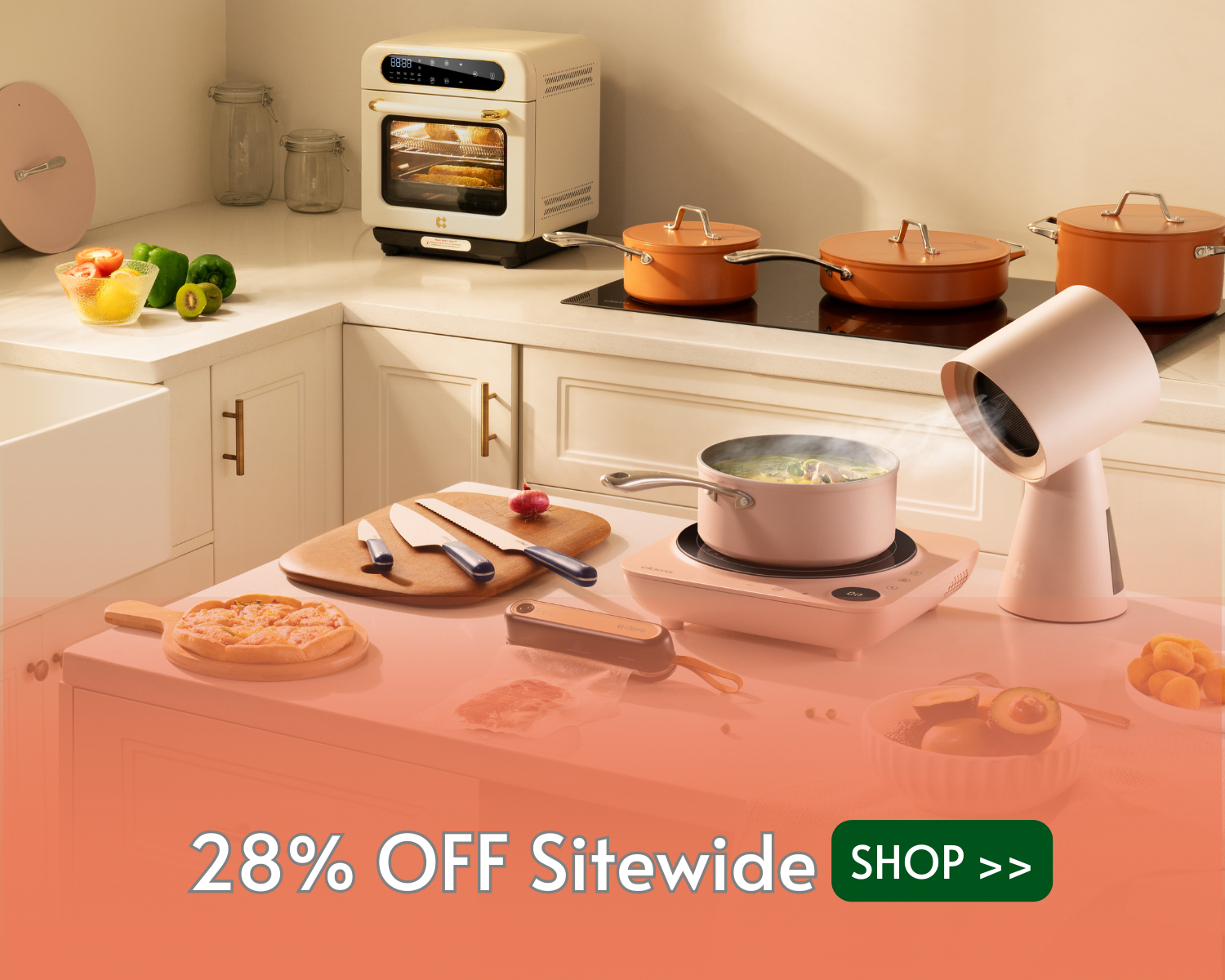
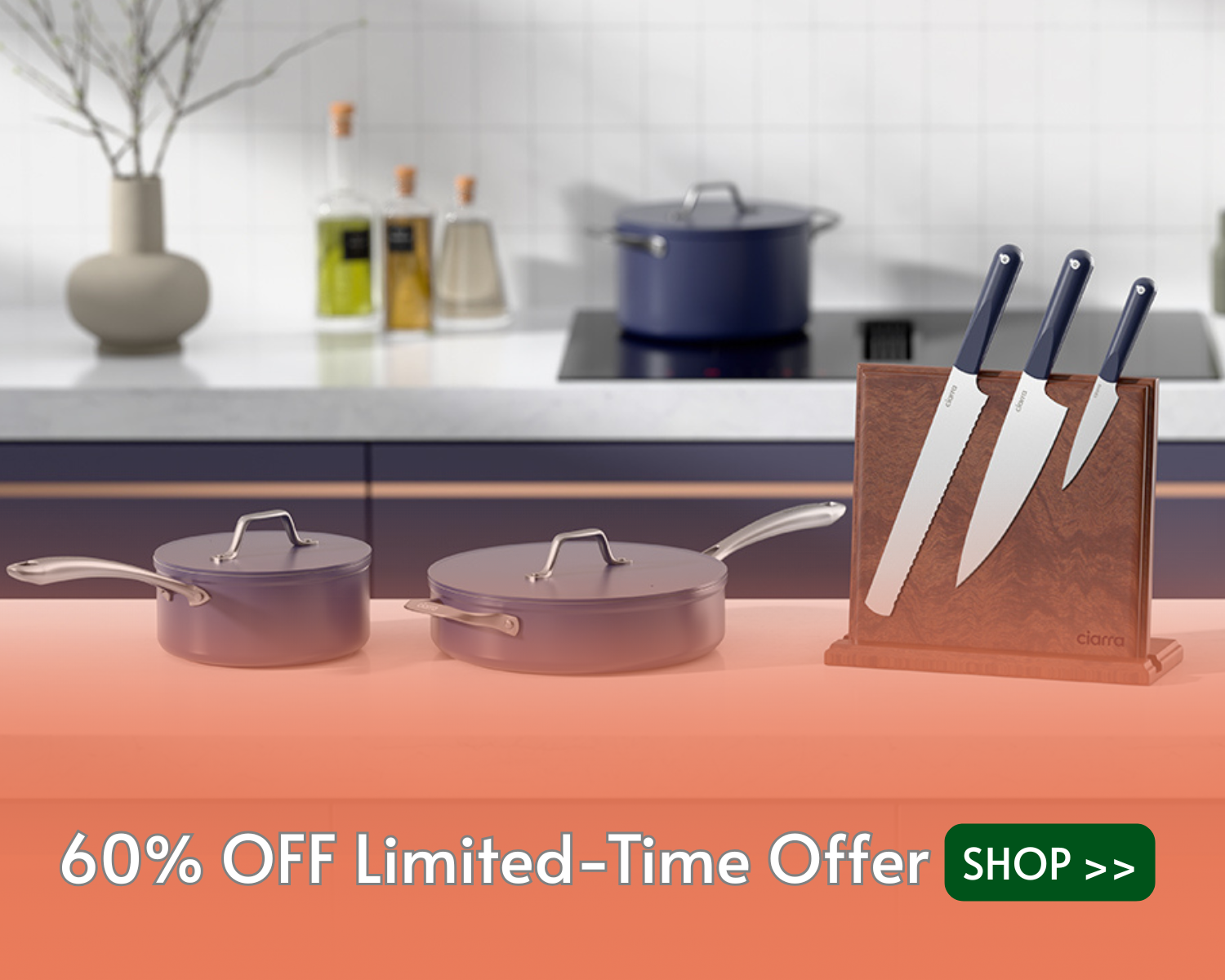
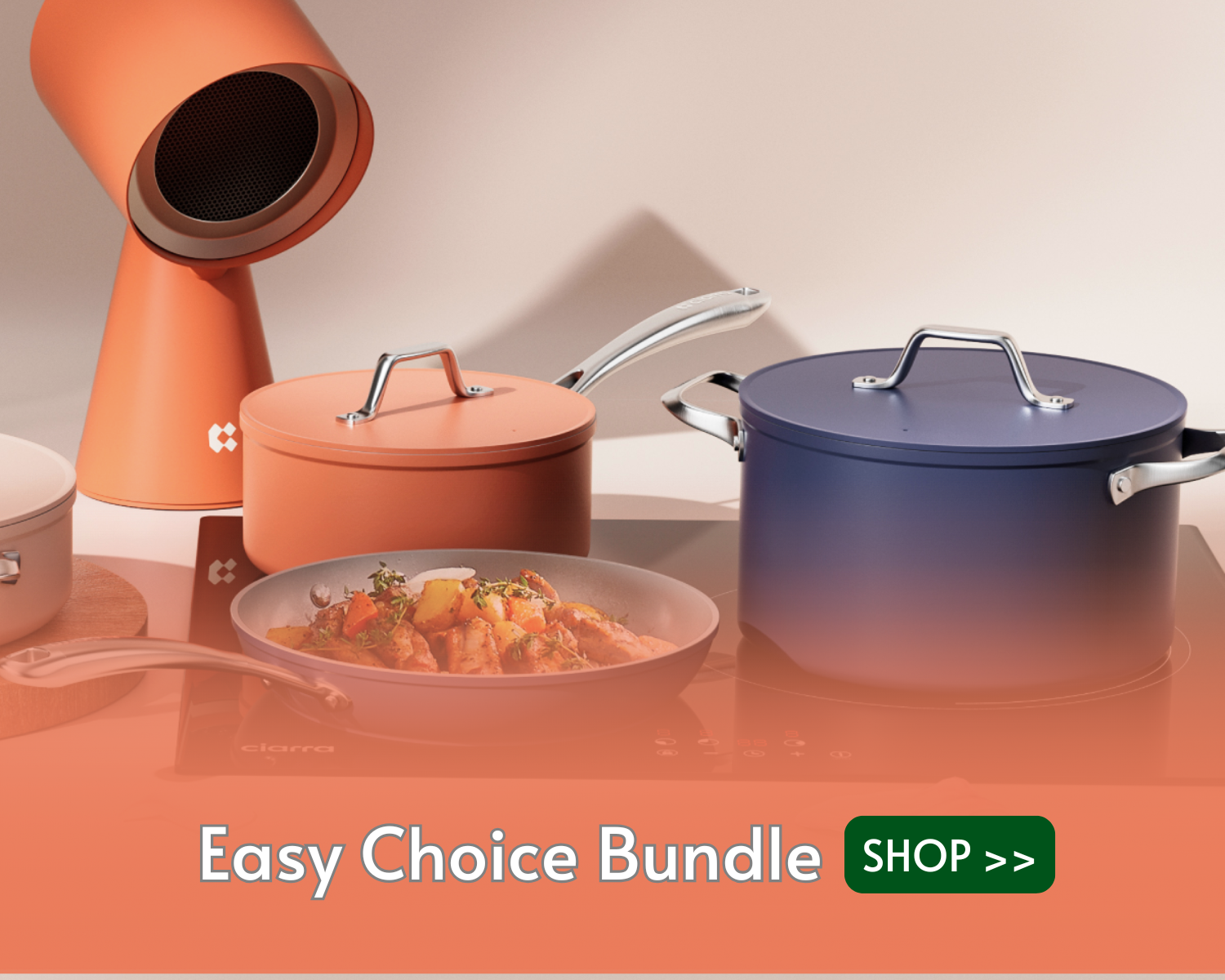
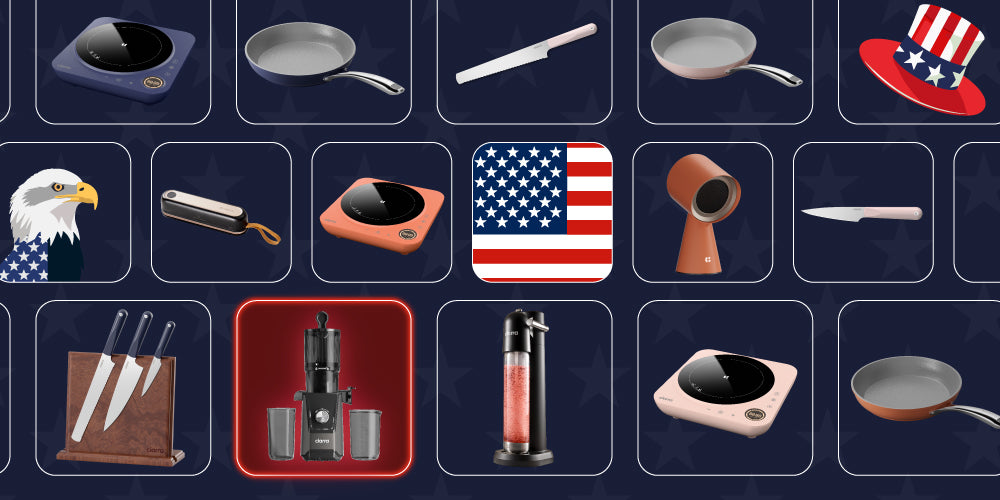
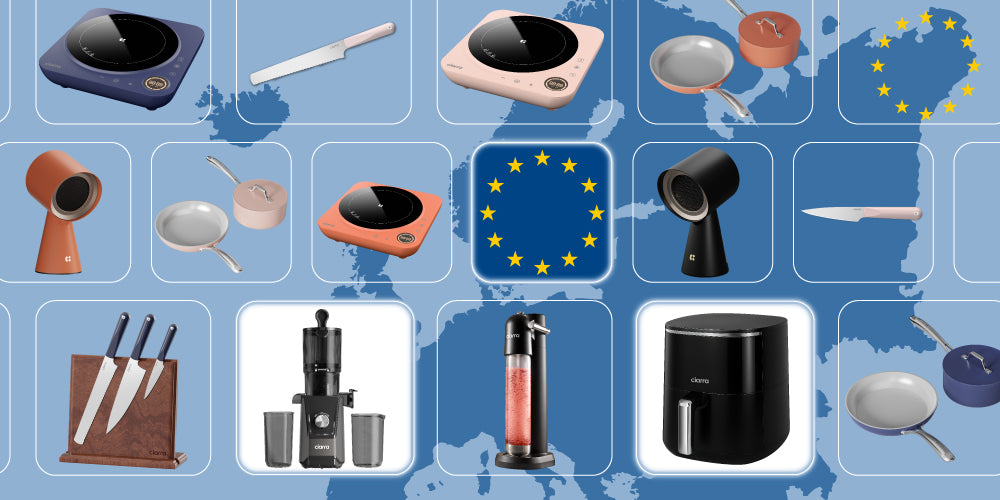
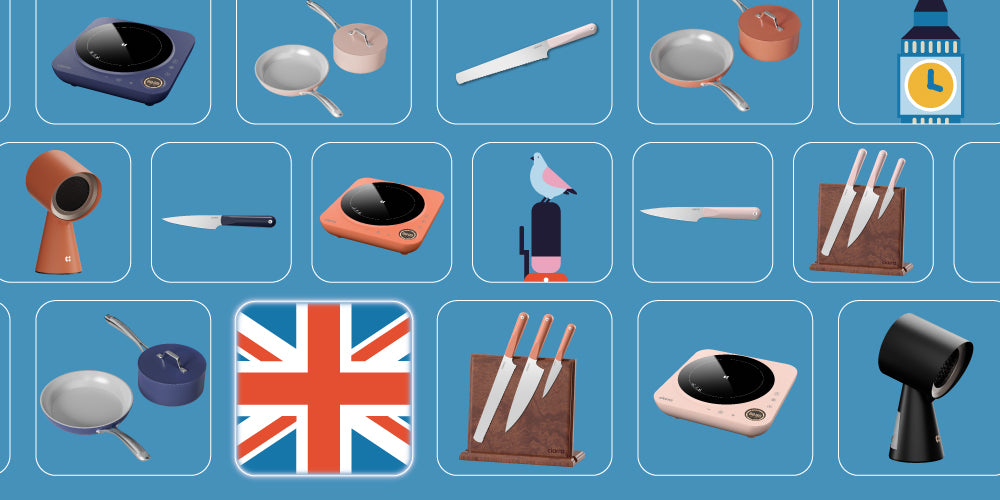
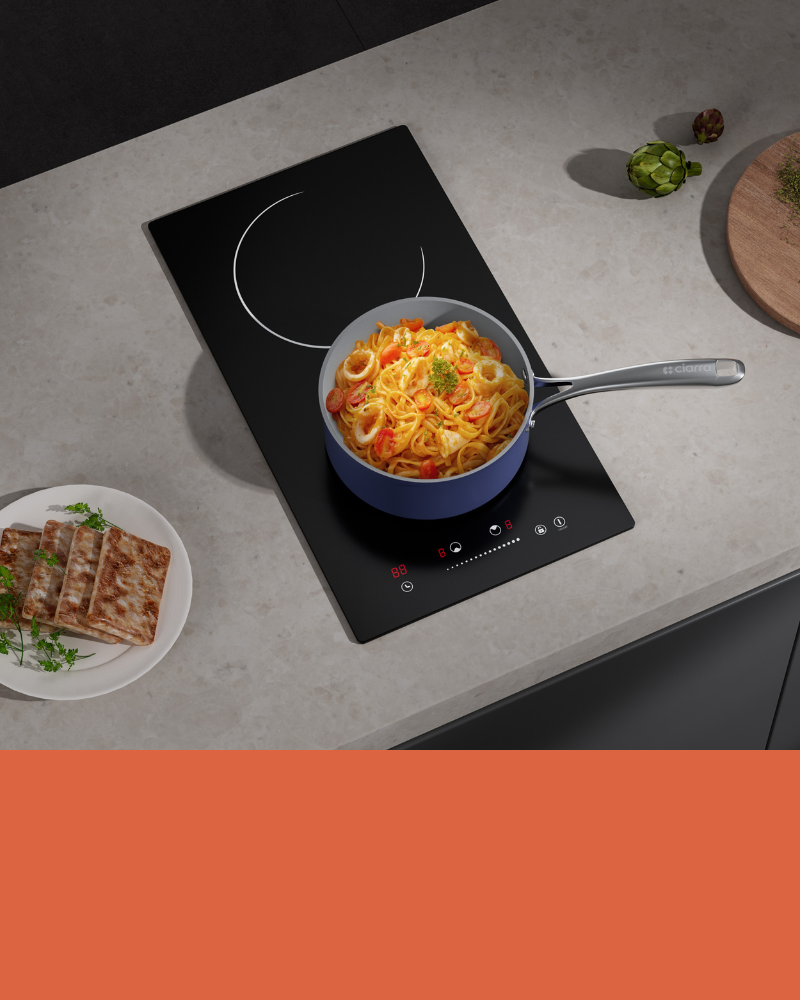
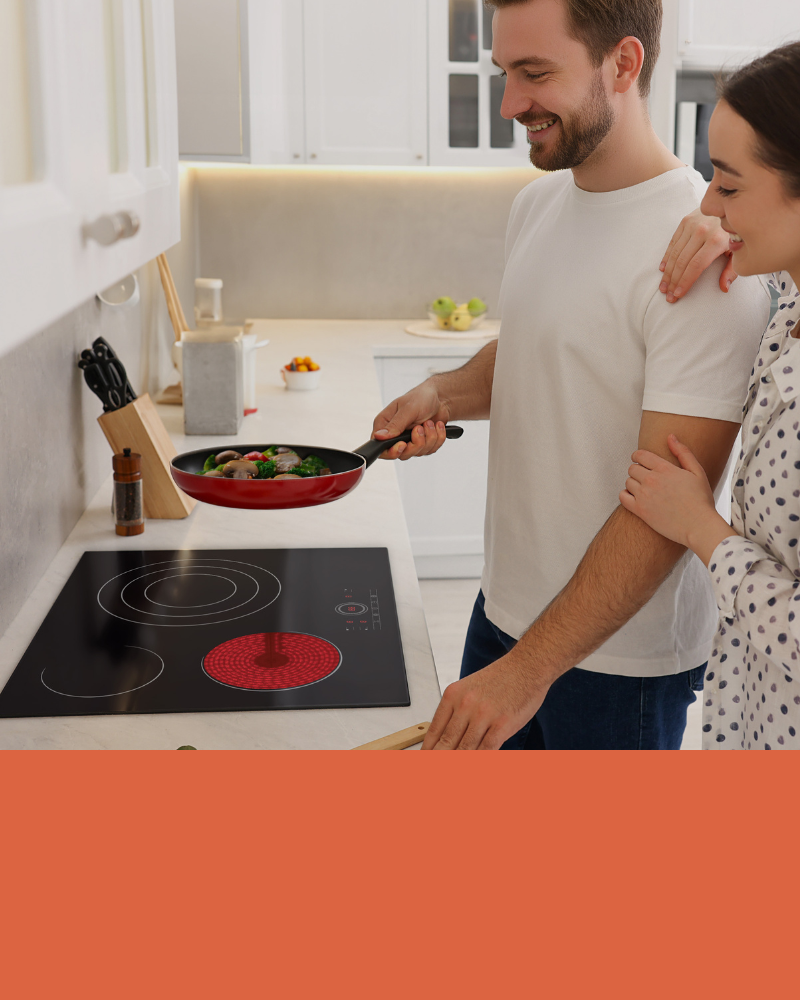
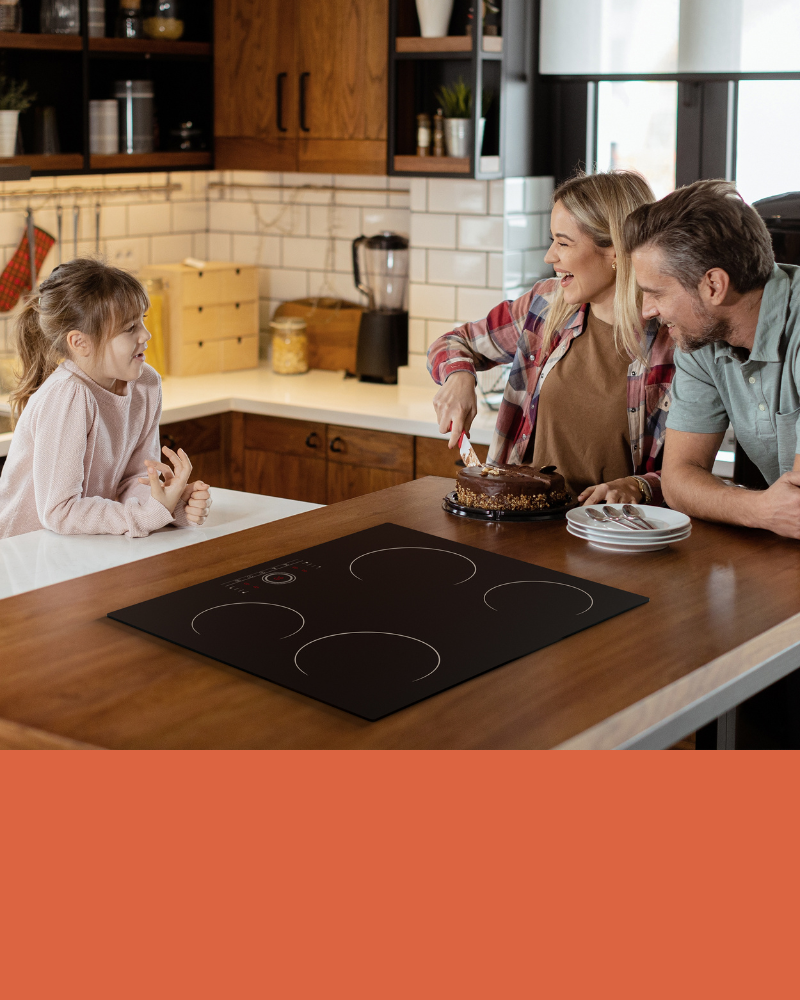
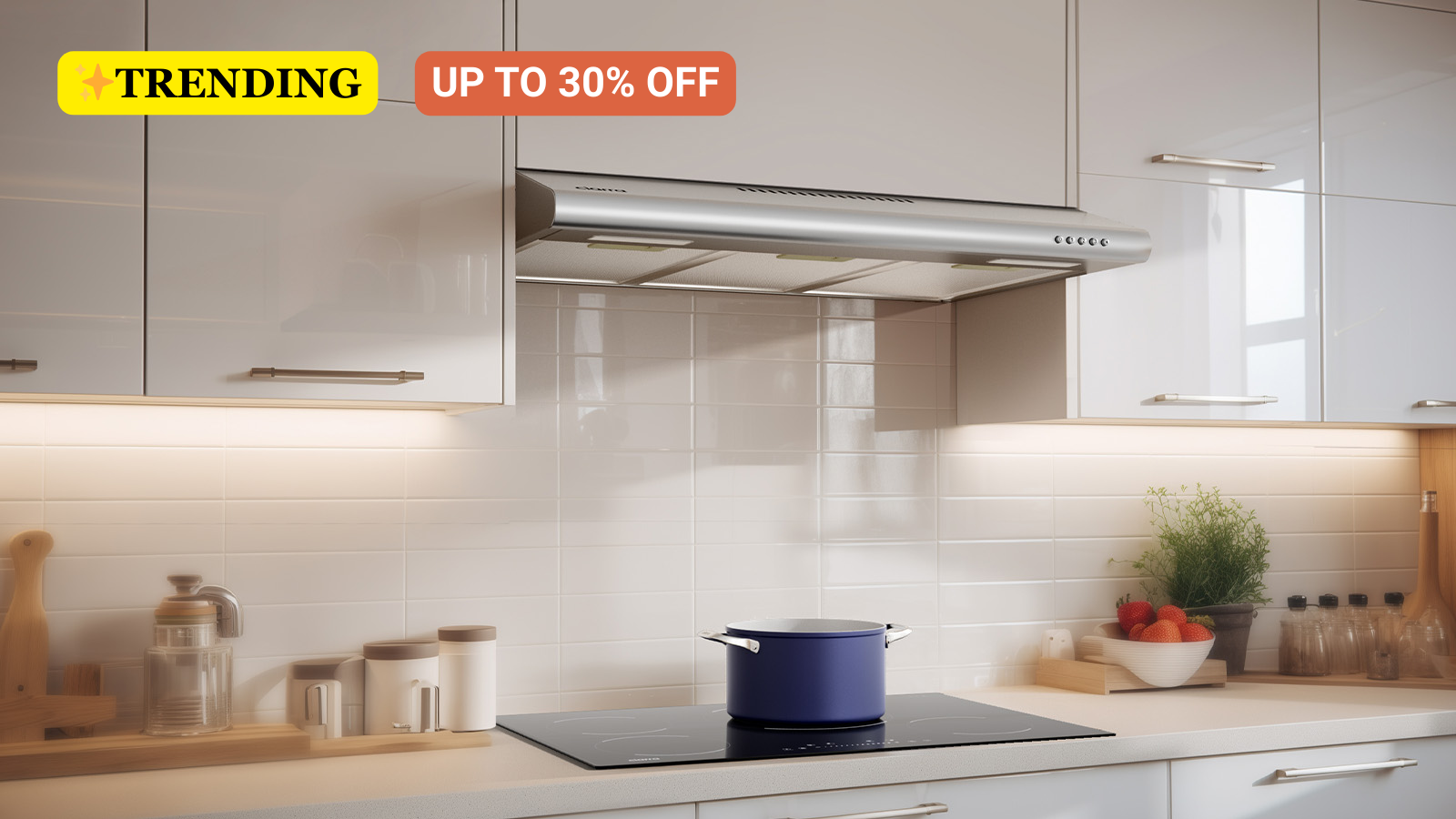
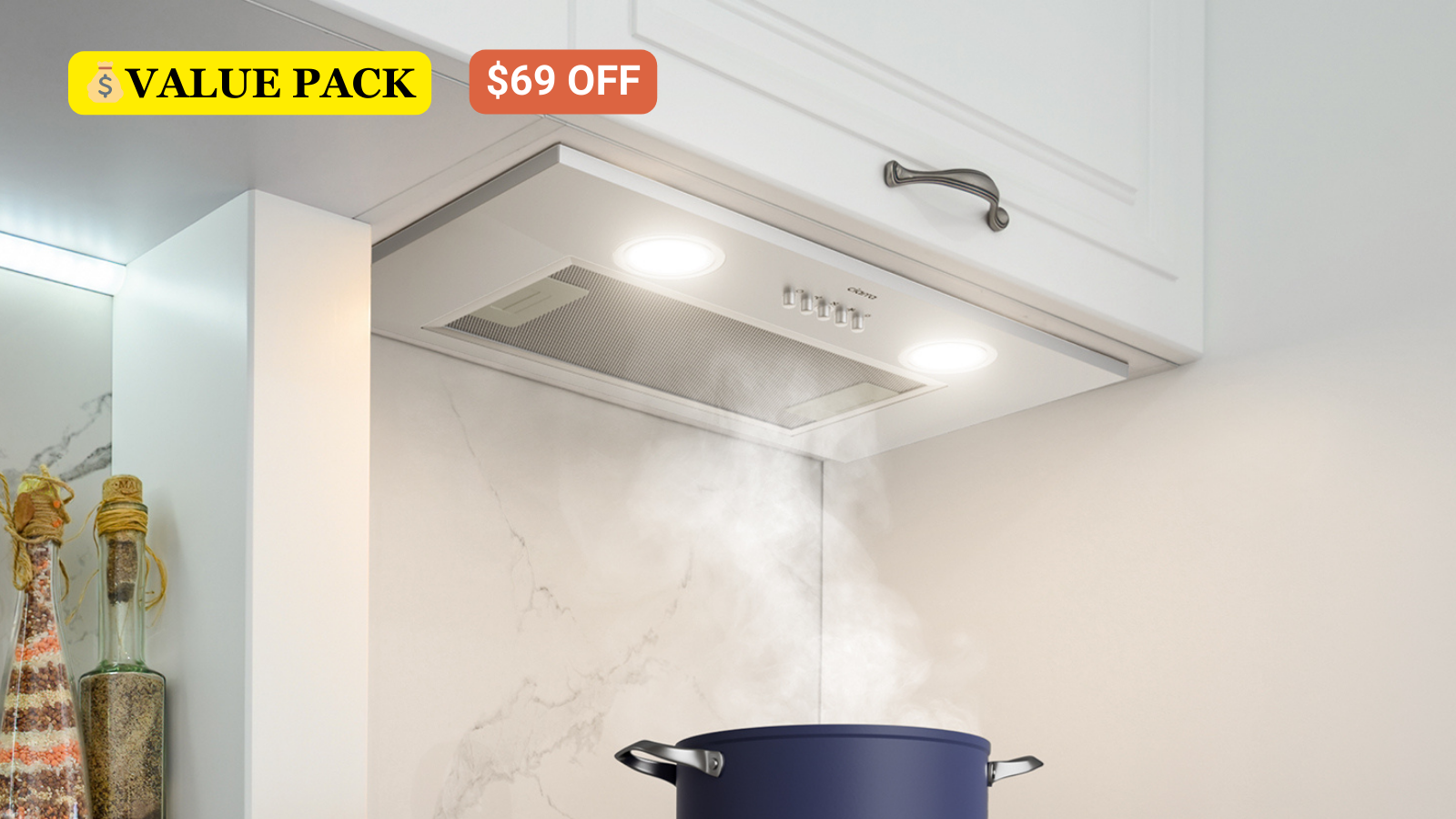
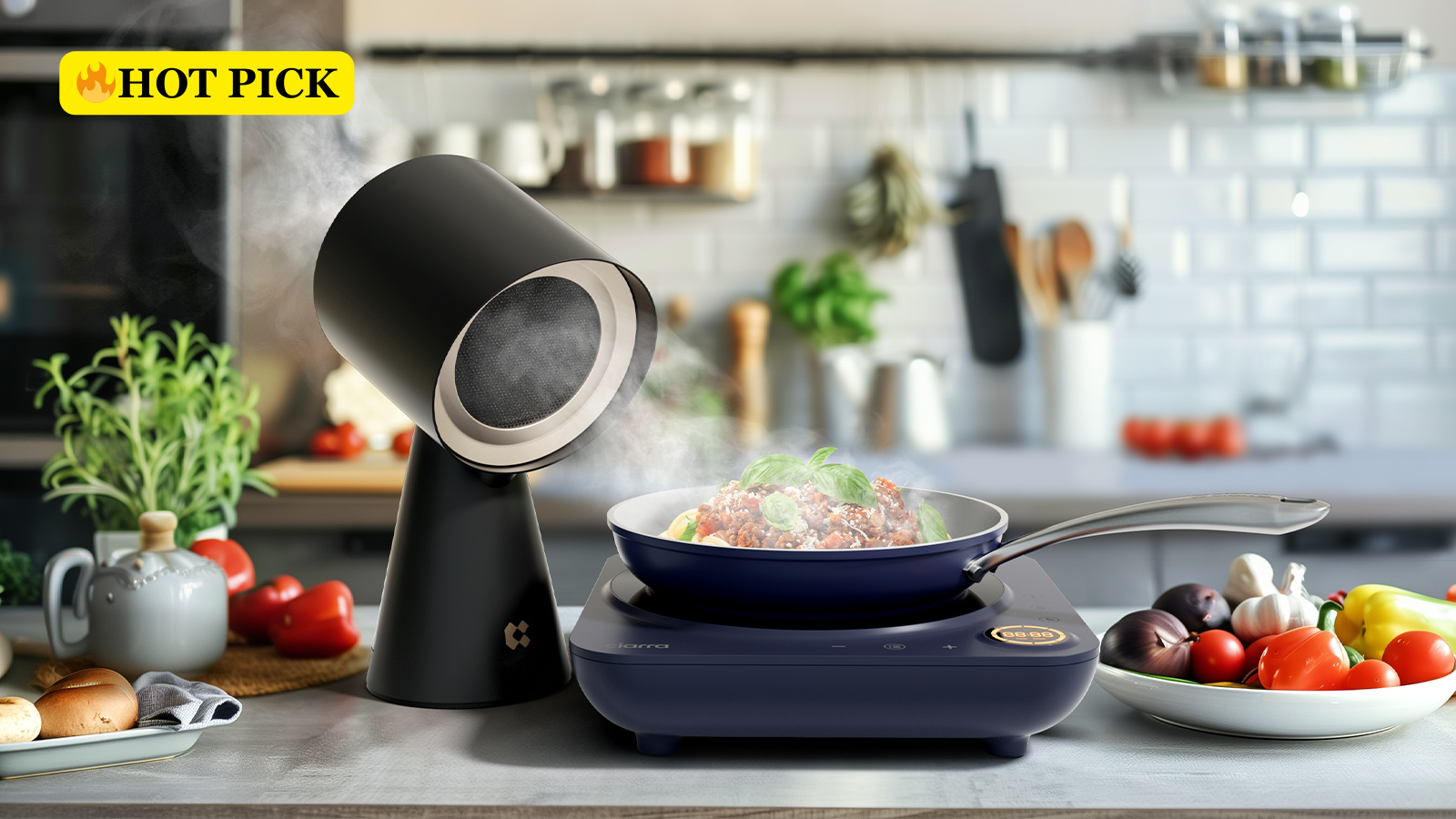
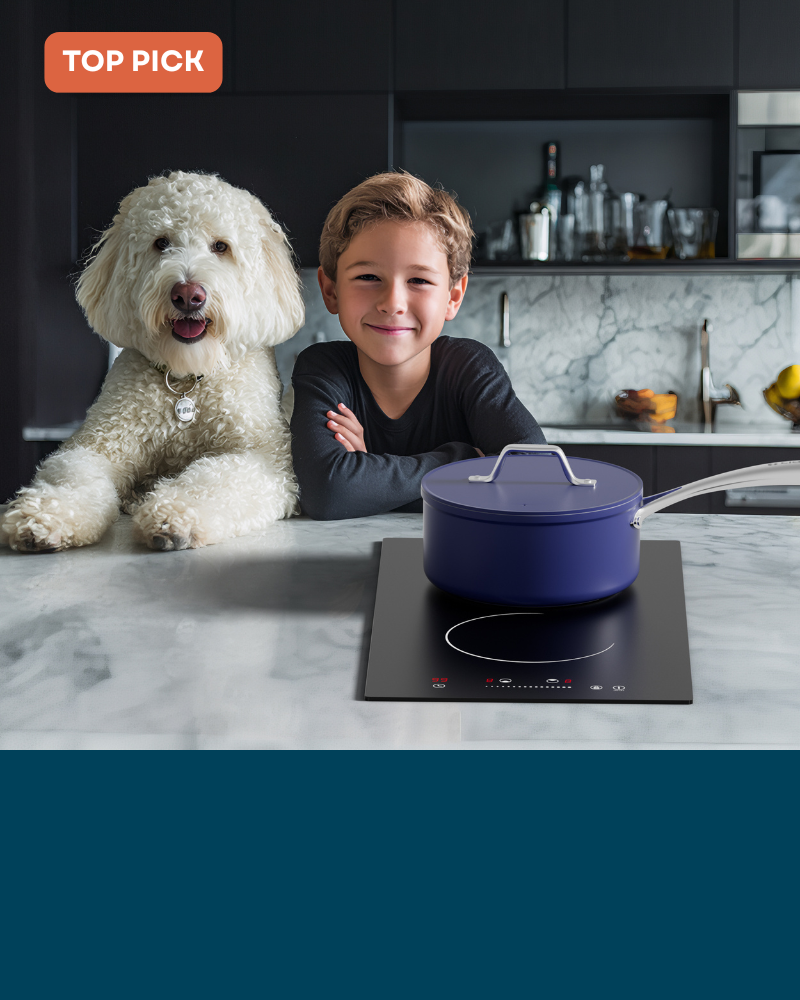
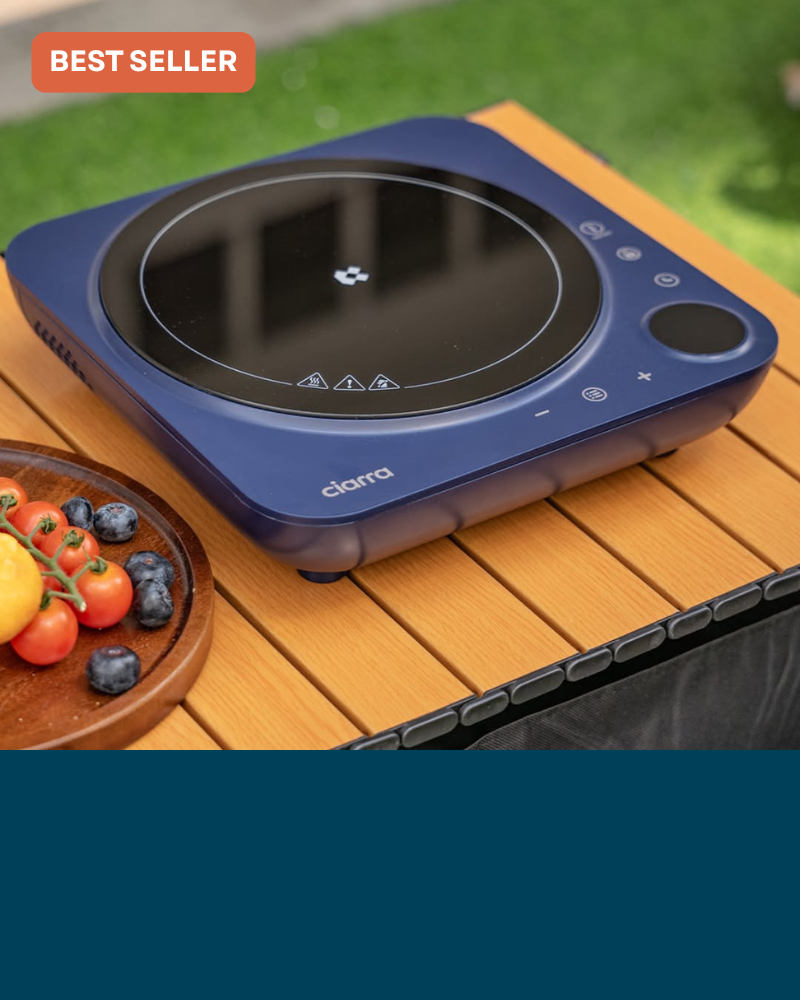
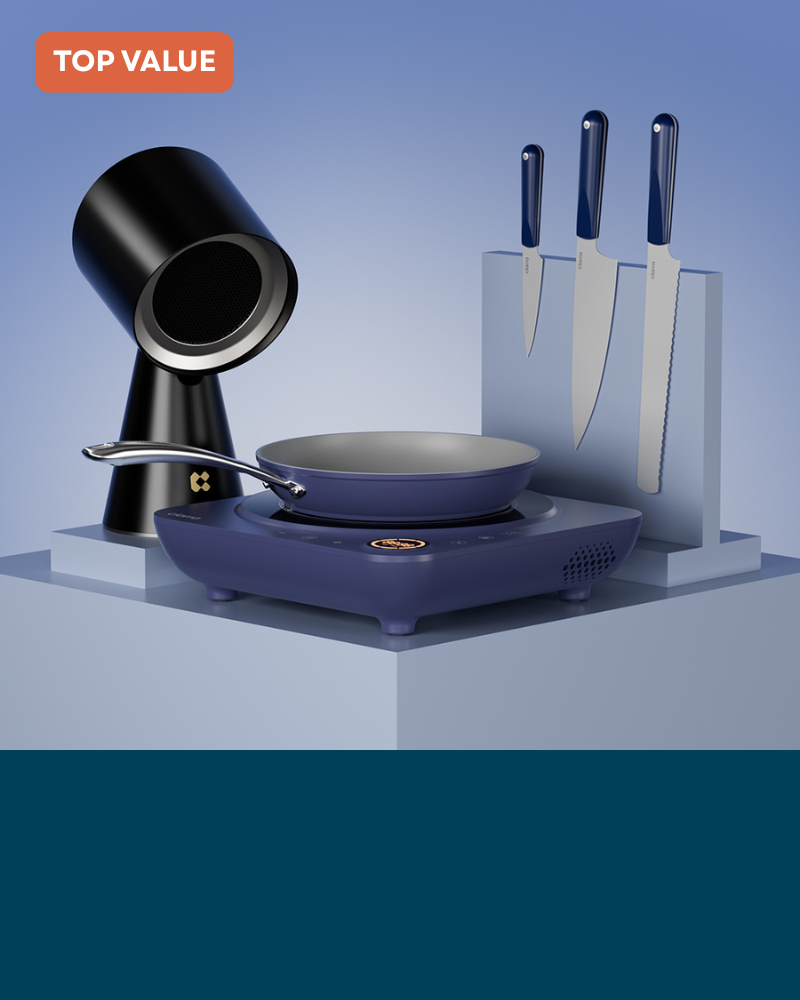
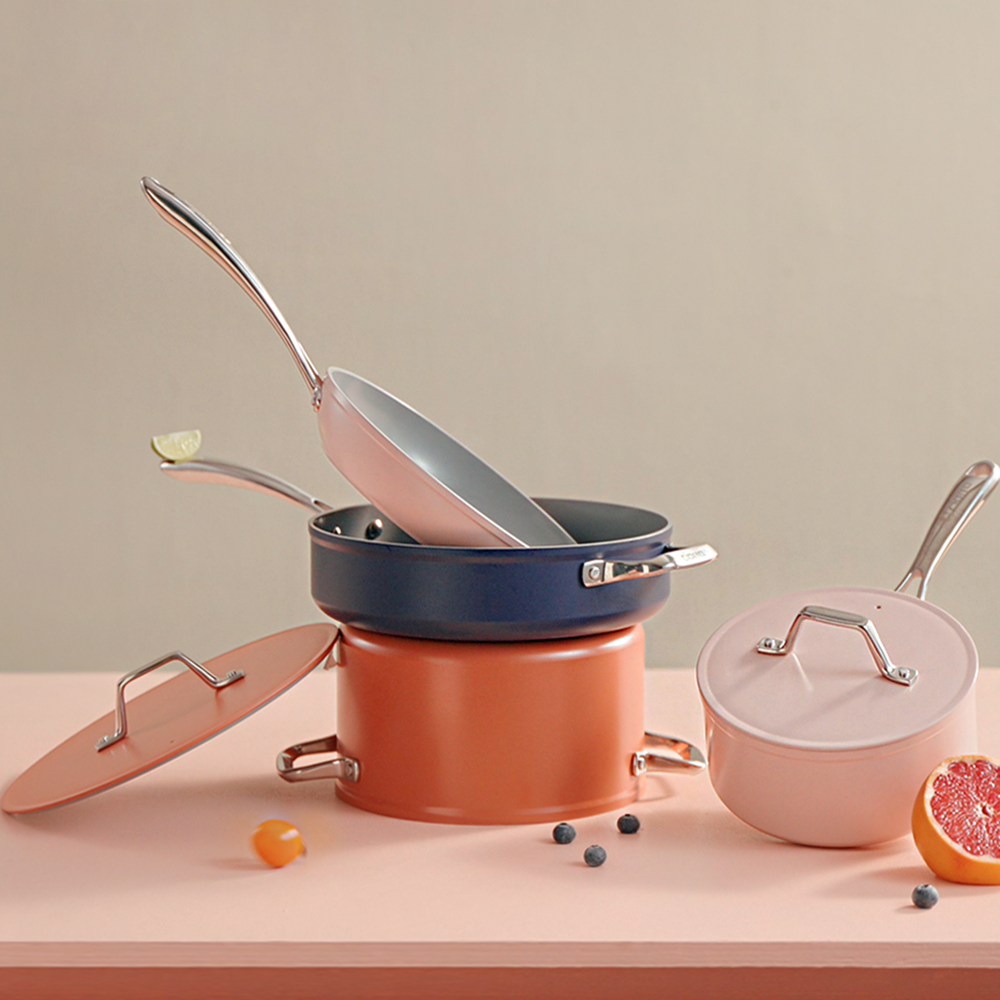
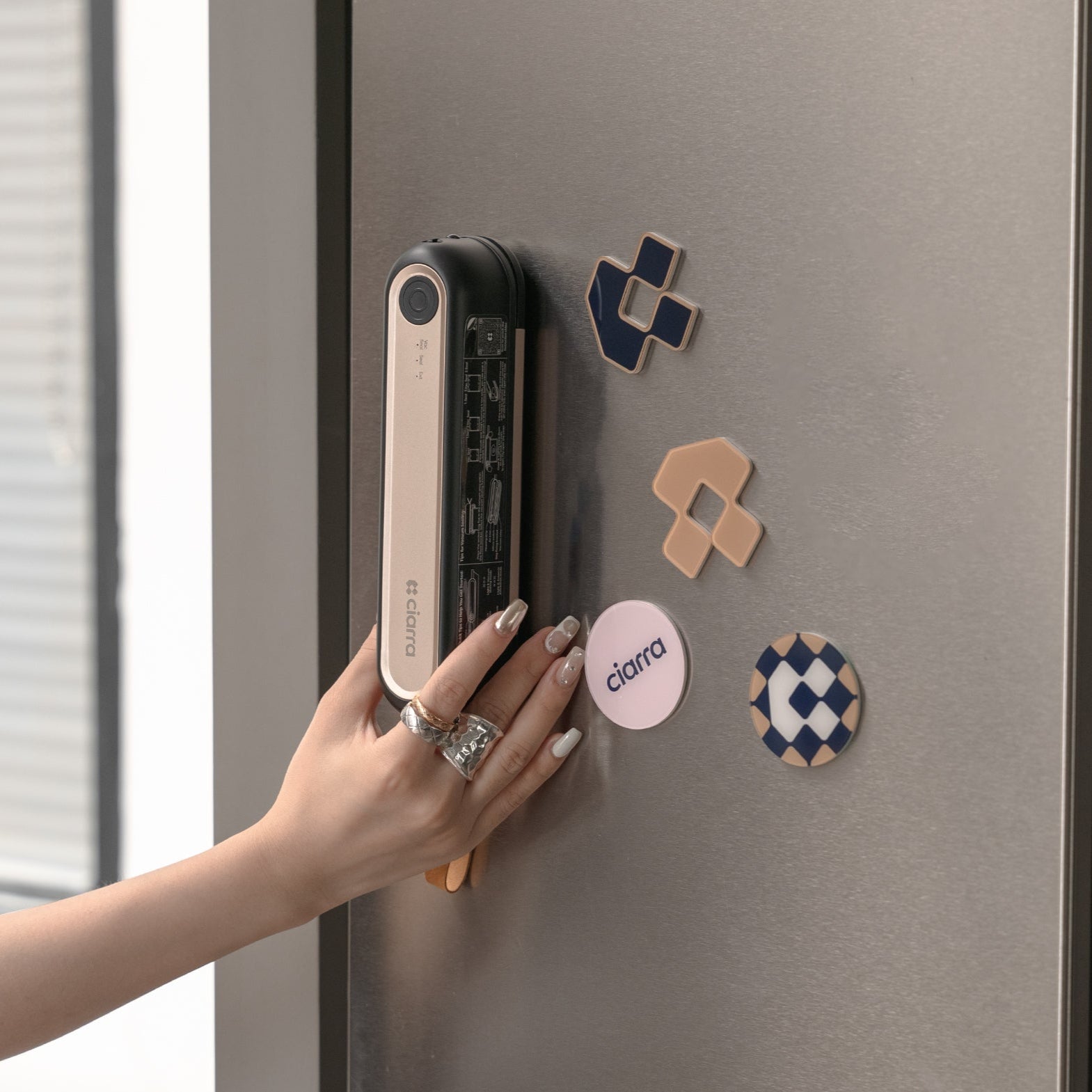
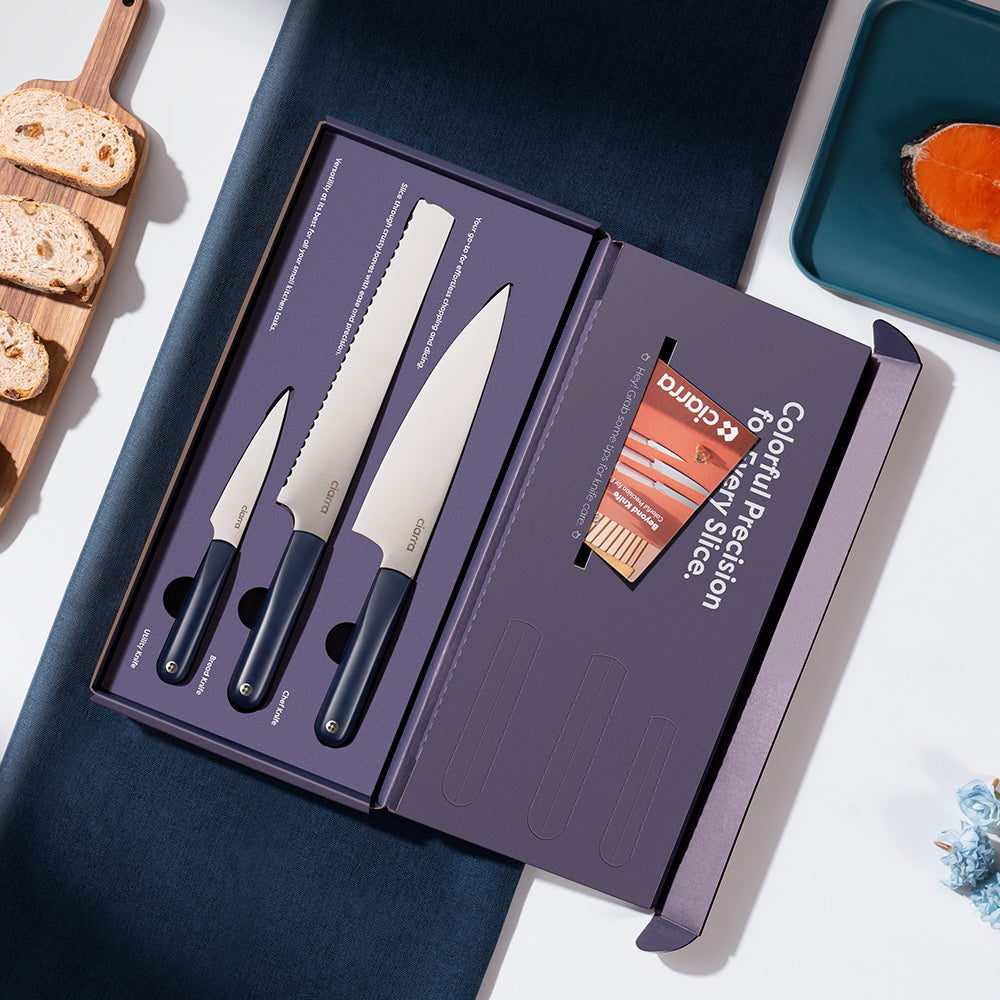

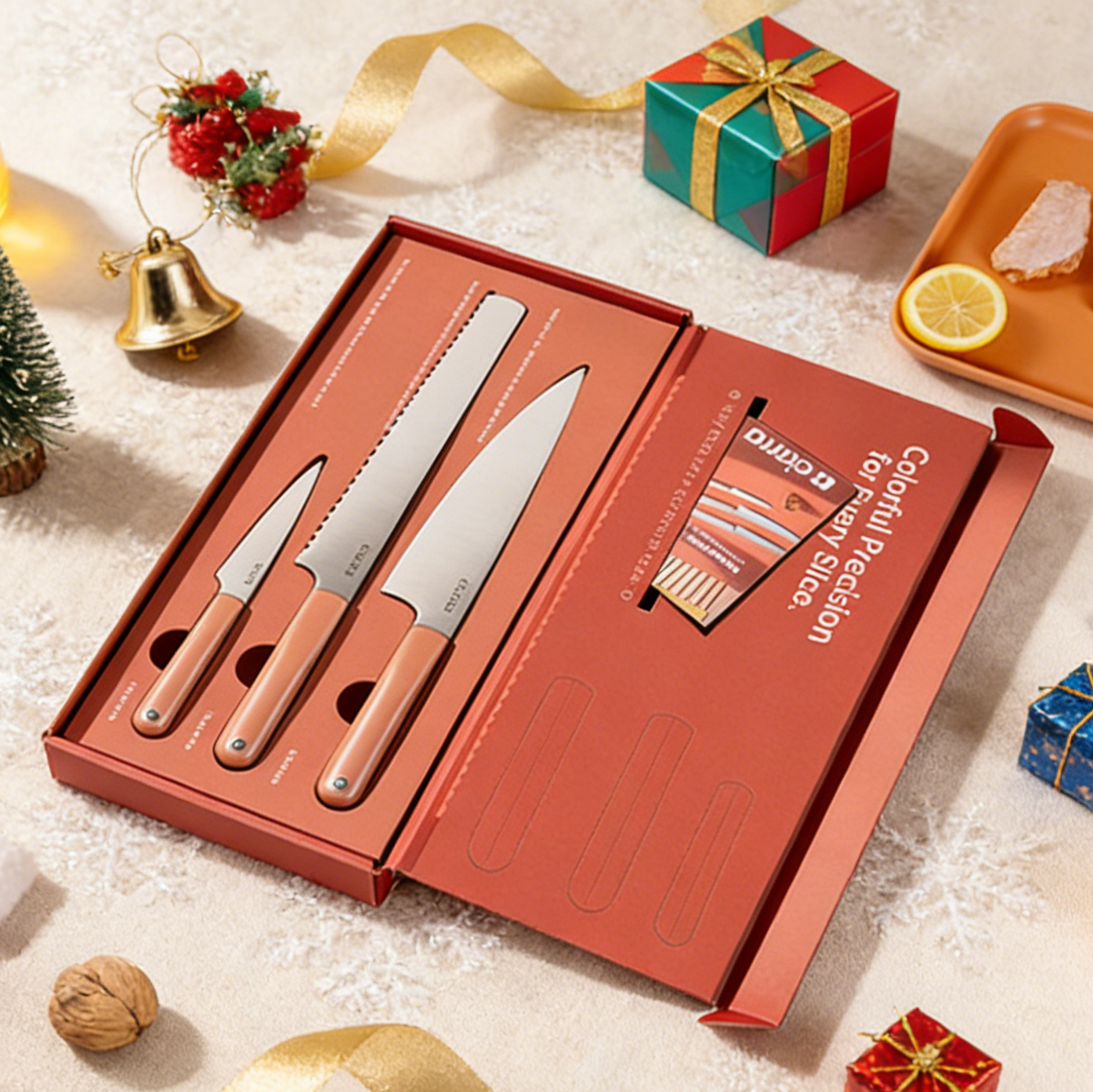
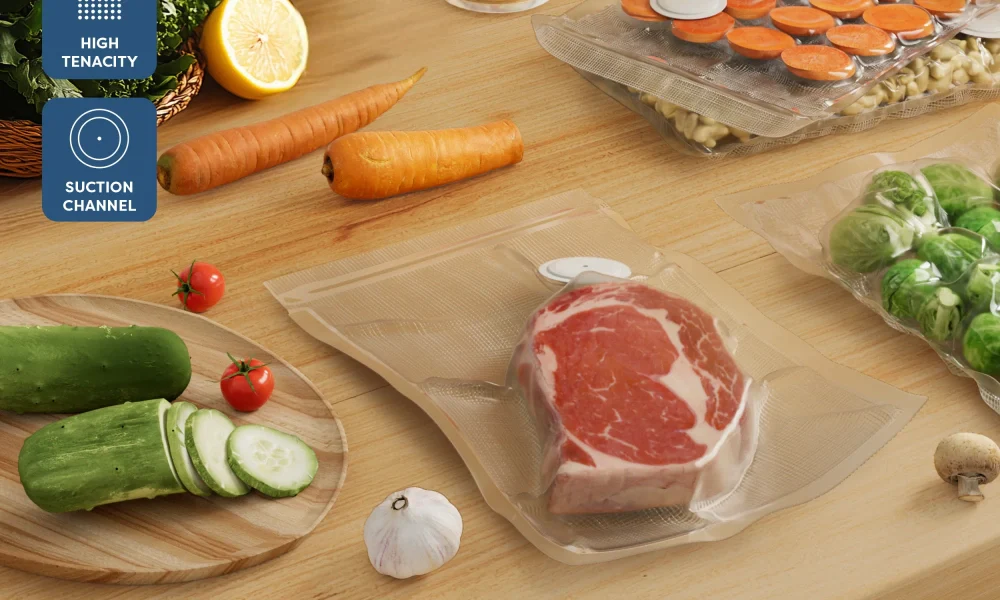
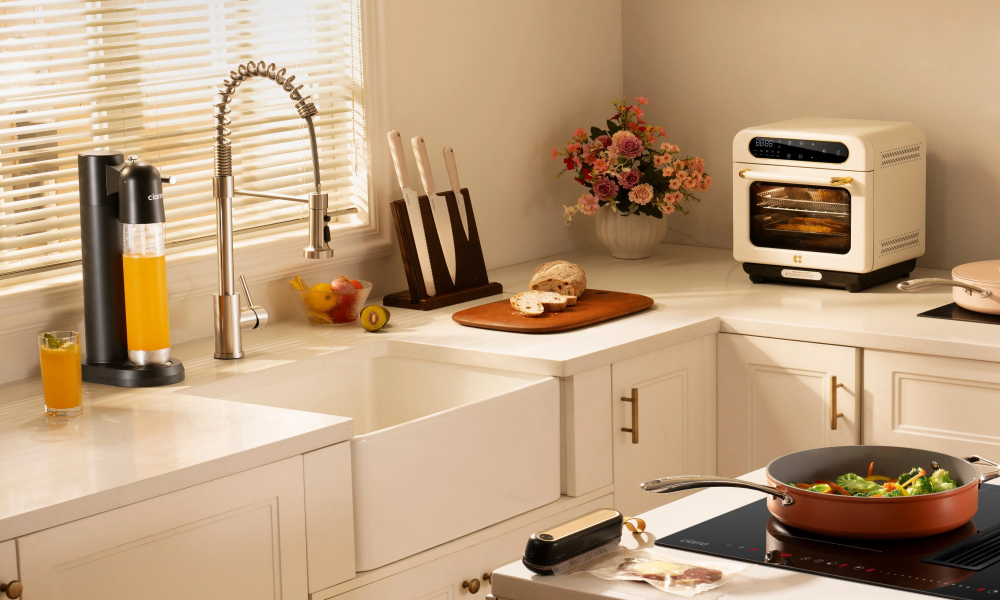
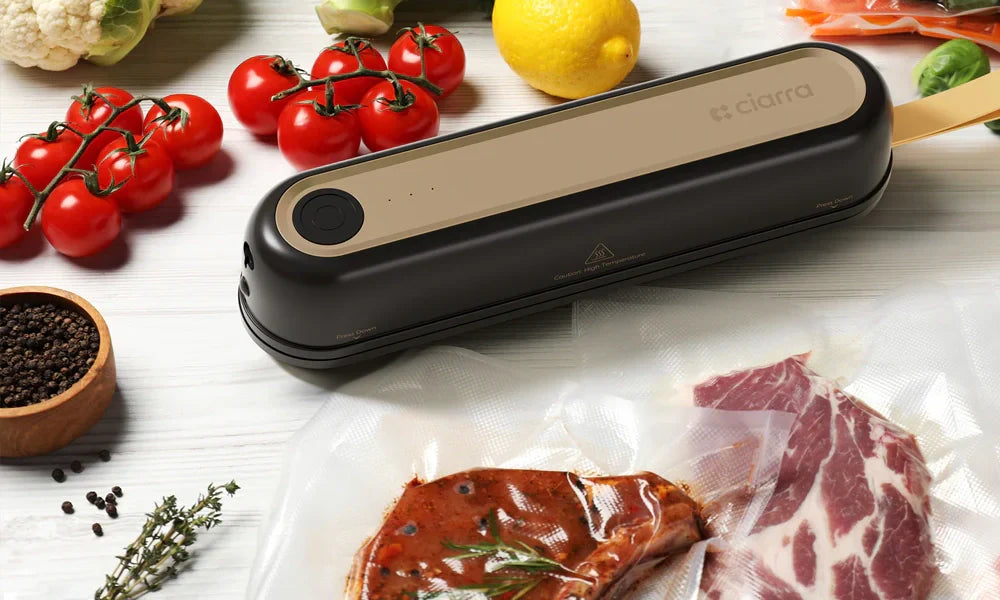
Leave a comment
All comments are moderated before being published.
This site is protected by hCaptcha and the hCaptcha Privacy Policy and Terms of Service apply.